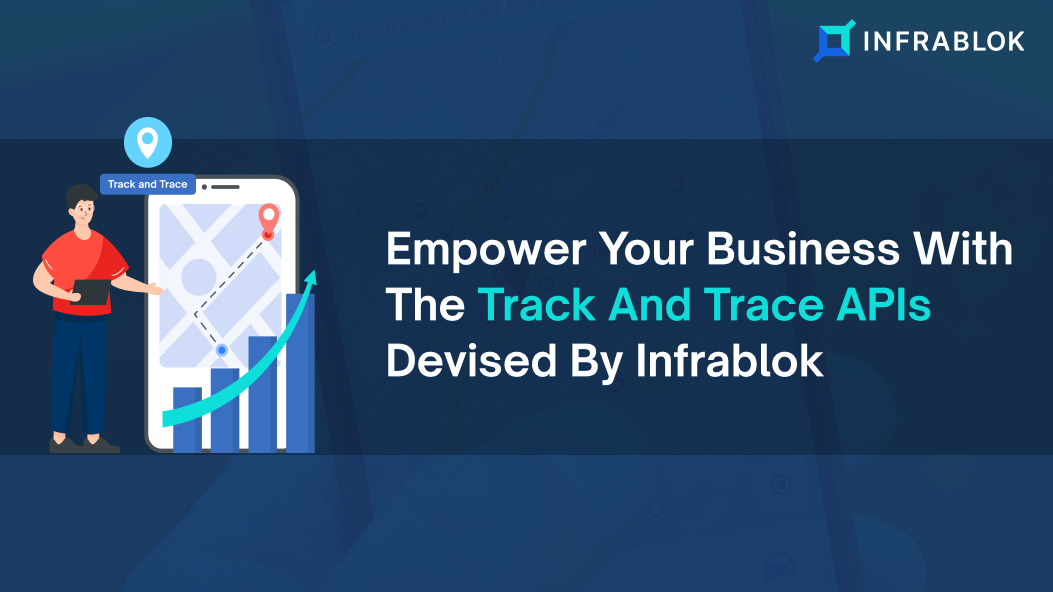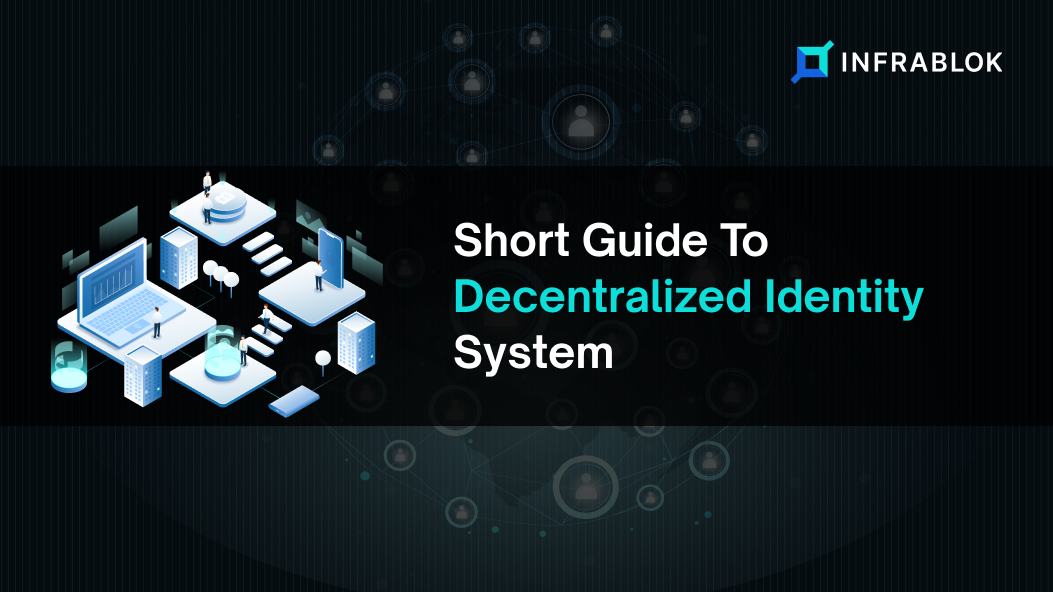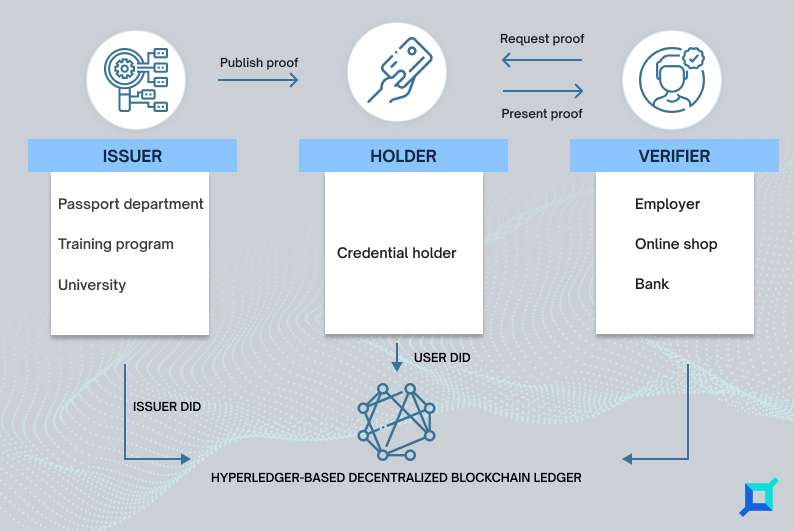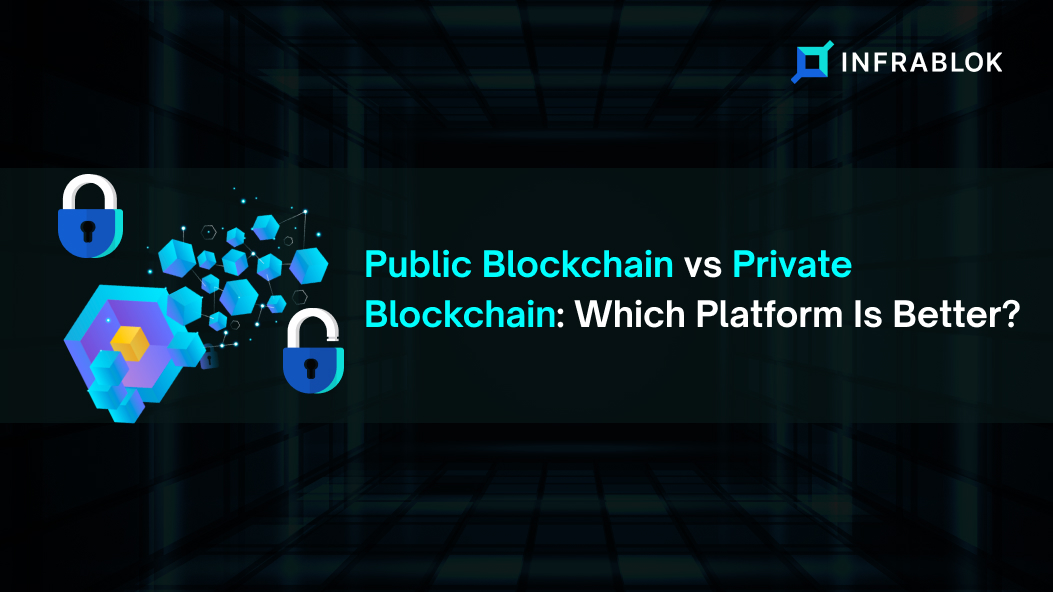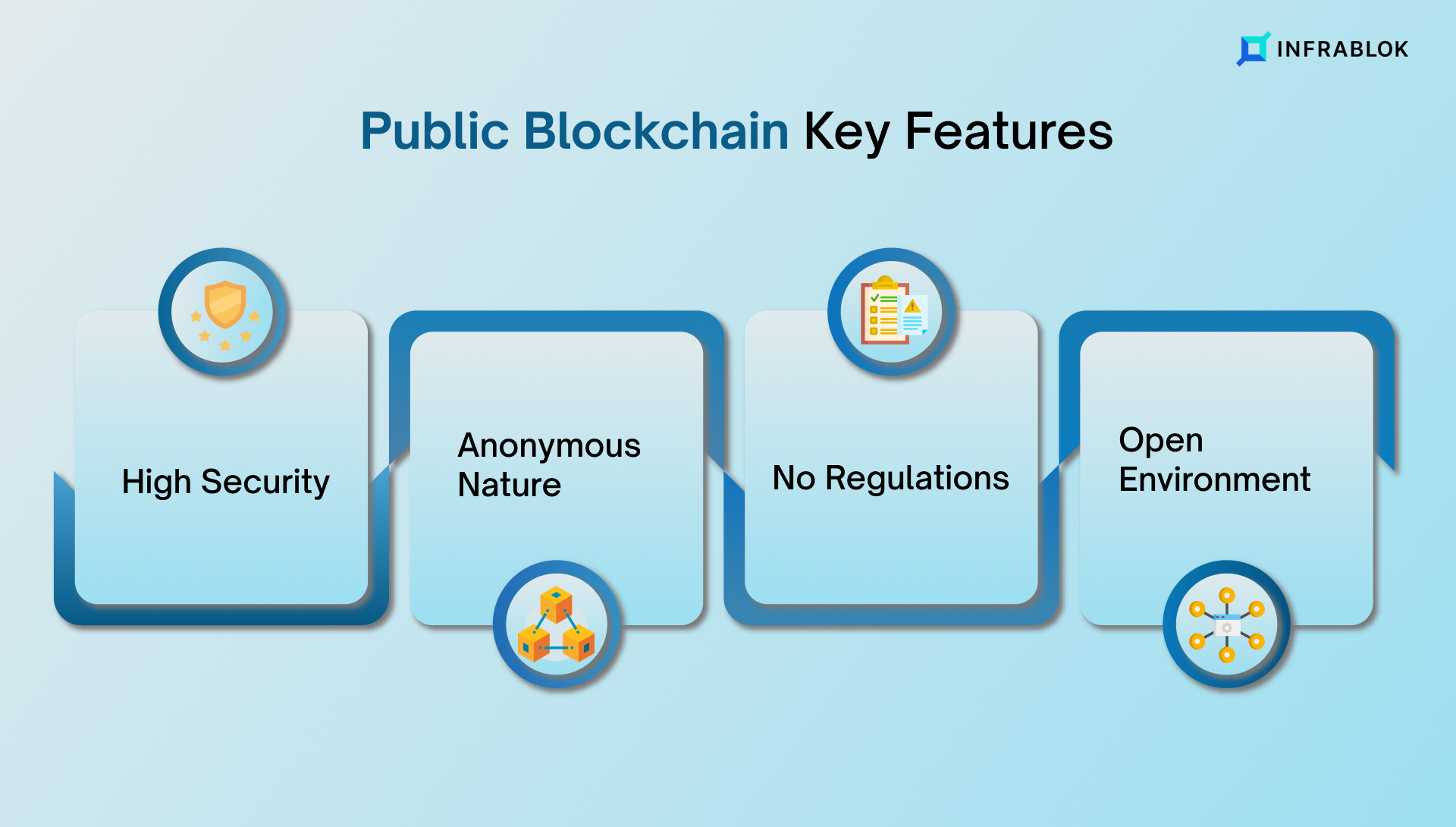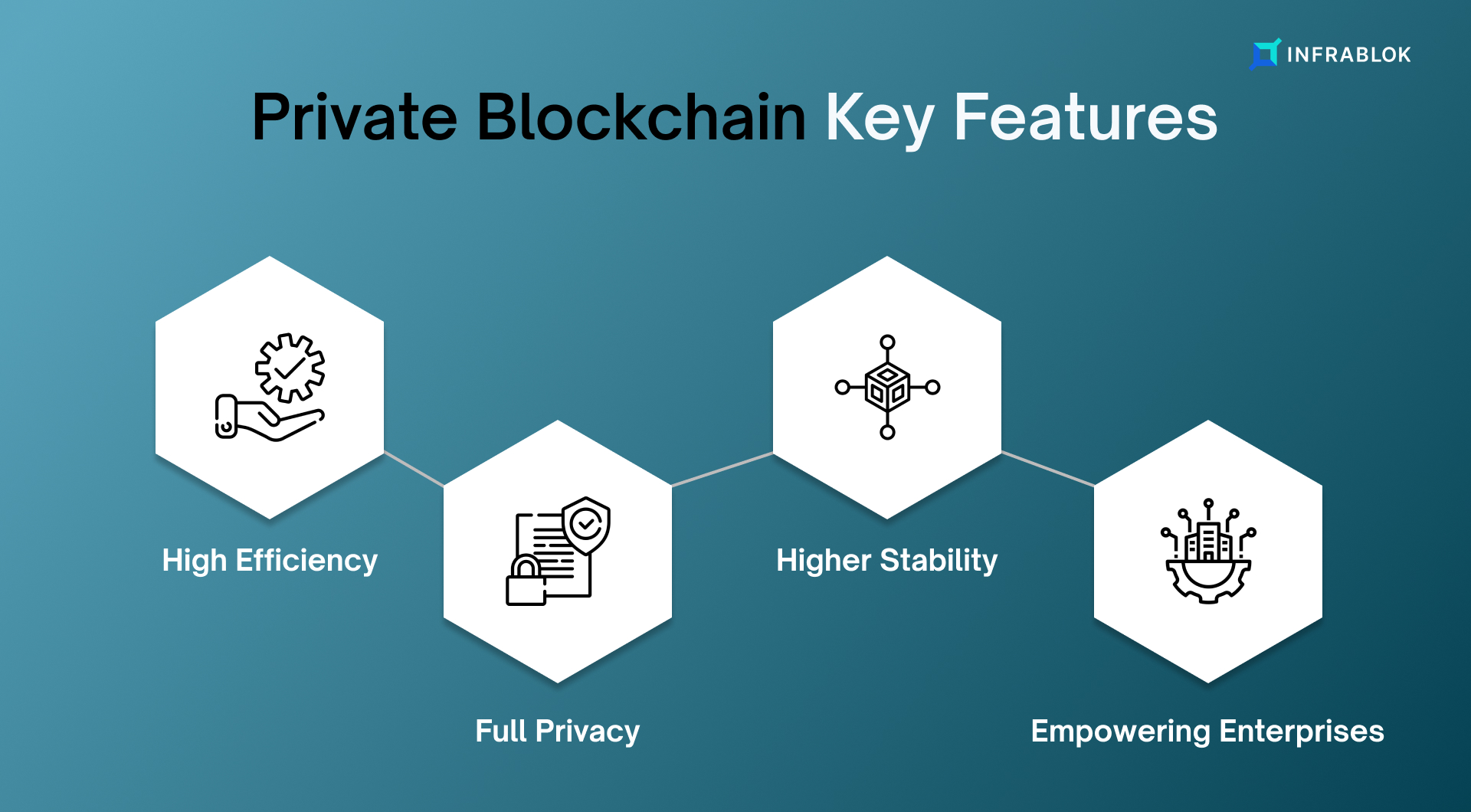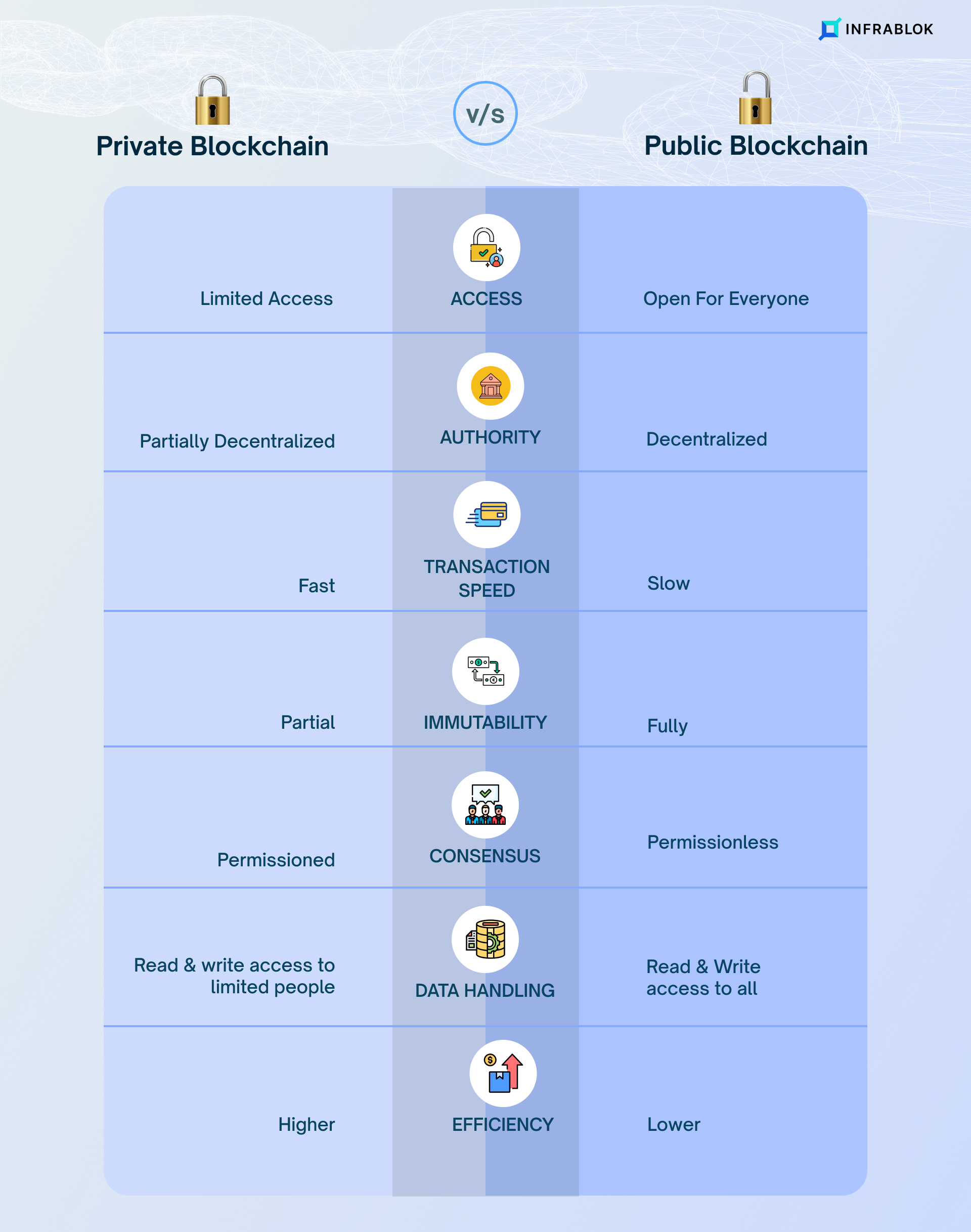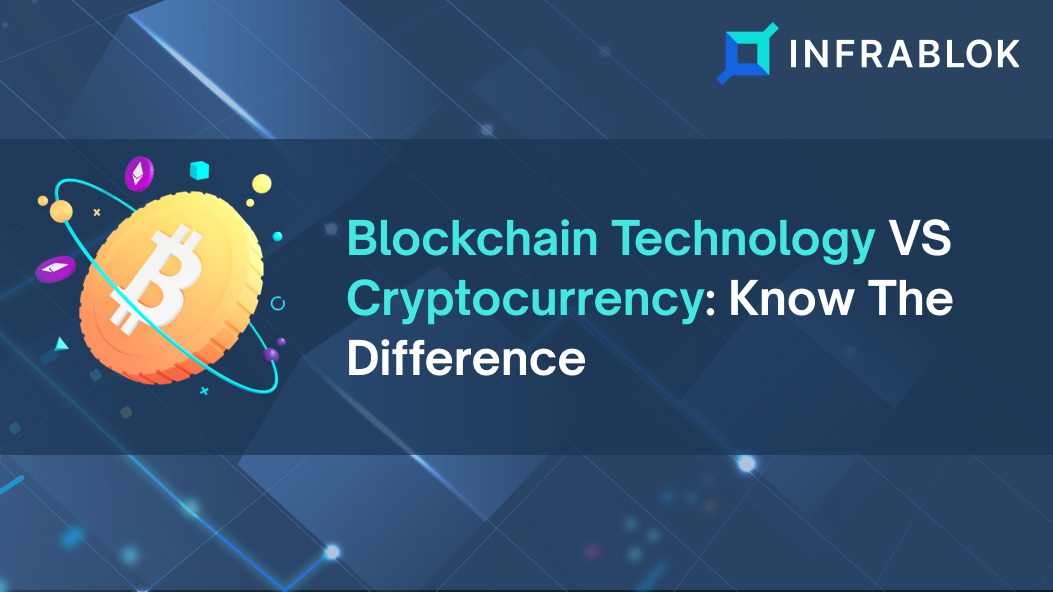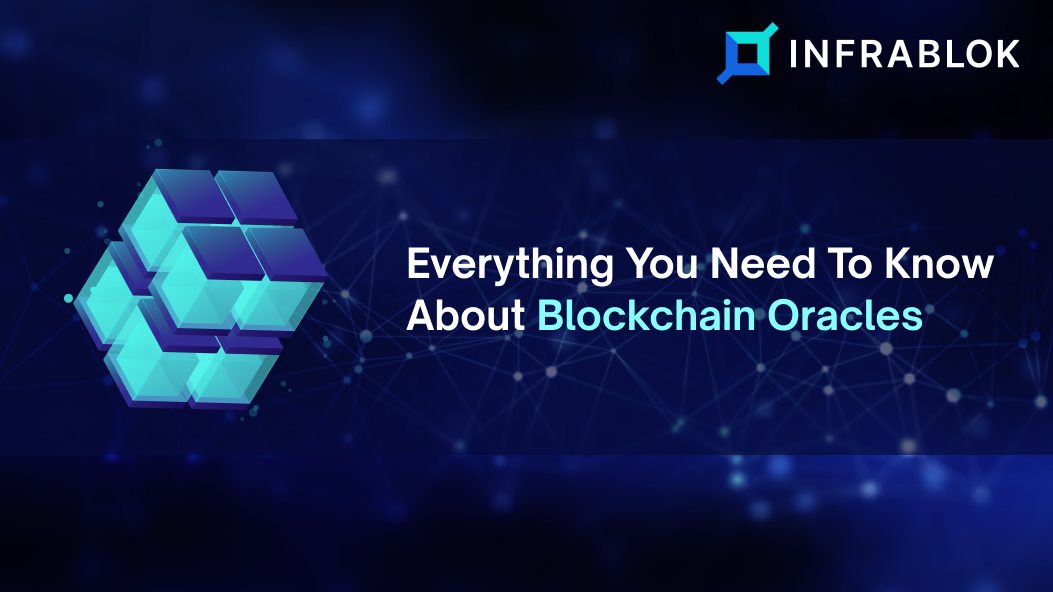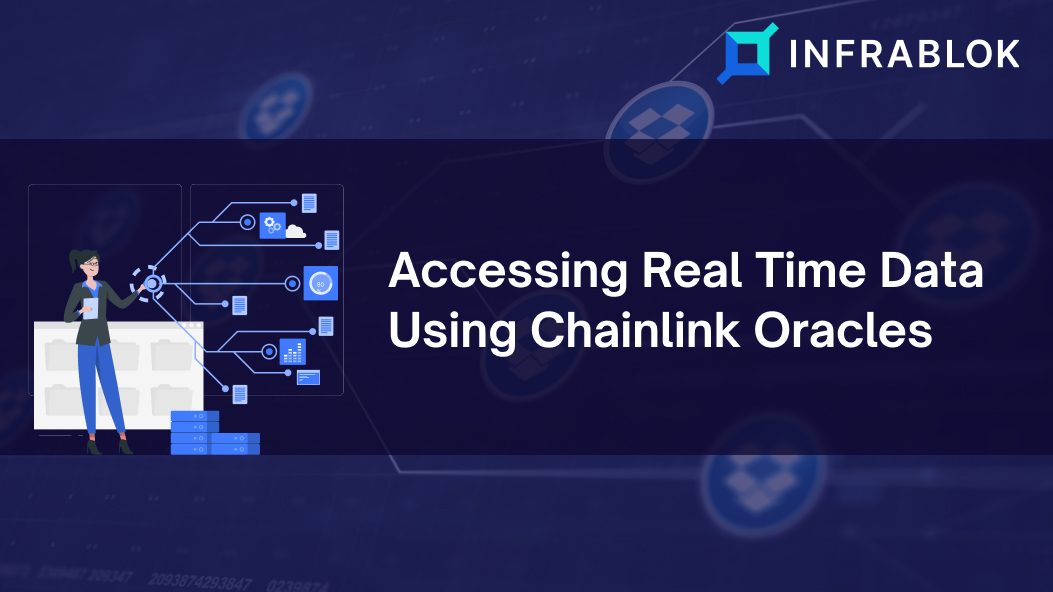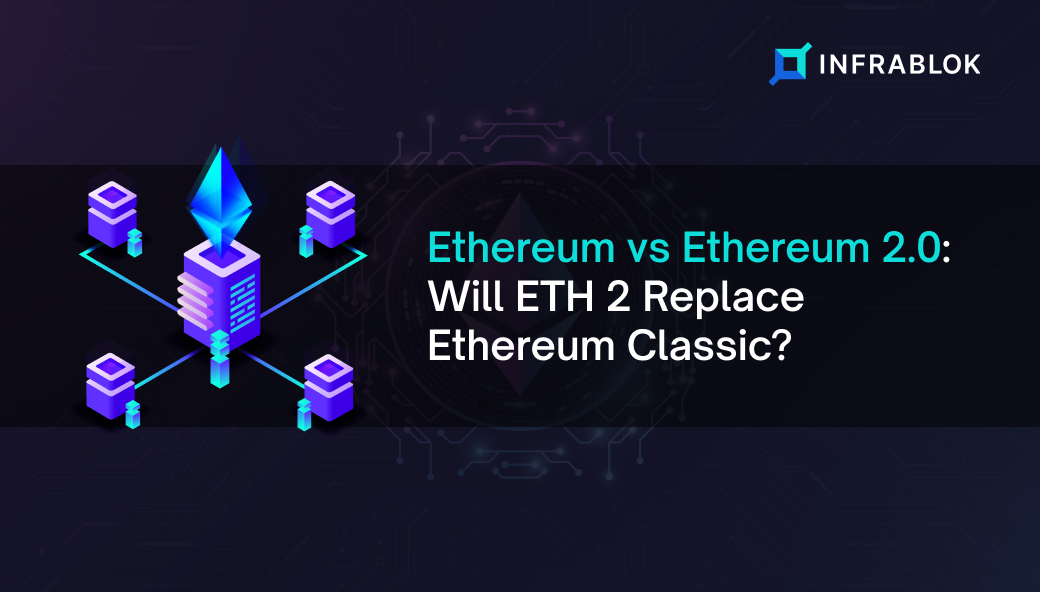Blockchain provides security and trustworthiness, which is a must for any transaction, be that online or offline. This need increases for the transactions that involve the movement of the product(s) from one location to another, be that for shipping/logistics in business-to-consumer transactions or be that be in any supply chain for business-to-business transactions. Blockchain provides a promising solution to this with the implementation of Track and Trace systems in products.
Track and Trace systems over Blockchain allow for transparency and accountability in the supply chain, providing a secure and tamper-proof record of a product’s journey from its origin to its destination.
Track And Trace
The Track and trace software allows tracking of a product at every stage of its journey, from its origin to destination. It enables companies to track a product’s movement providing transparency and accountability. This is important for various reasons, such as complying with regulatory requirements, improving supply chain efficiency, and ensuring product safety.
Blockchain technology allows for the creation of a decentralized and immutable record of transactions. In the context of Track and Trace, a Blockchain can be used to record every step of a product’s journey, from origin to destination. Each and every transaction is recorded in a block, which is then added to the chain. This creates a transparent and tamper-proof record that can be accessed by anyone with the necessary permissions.
The use of Blockchain in Track and Trace provides several benefits; some of them are:
- It creates an unalterable and transparent record of a product’s journey. This means that any attempts to tamper with the record will be detected, providing an additional layer of security to the supply chain.
- It allows for tracking of a product, enabling companies to respond to any issues that may arise in transit.
- It allows the creation of smart contracts that can be automatically triggered based on predefined criteria, such as delays in delivery or quality control issues.
Benefits Of Track And Trace Over Blockchain
There are several benefits of implementing Track and Trace systems over Blockchain, some of which are outlined below:
Transparency
A blockchain-based Track and Trace system provide transparency across the entire supply chain, allowing companies to monitor the movement of their products. This transparency improves accountability and ensures that everyone involved in the process is held responsible for their actions.
Security
Blockchain technology provides a secure & tamper-proof record of transactions. This means that any attempts to alter or tamper with the record will be detected, providing an additional layer of security to the supply chain.
Efficiency
Blockchain-based Track and Trace systems can improve supply chain efficiency by providing tracking of products. This allows companies to respond to any issues that may arise, such as delays in delivery or quality control issues.
Compliance
A track and trace system over a Blockchain can help companies comply with regulatory requirements by providing a transparent and tamper-proof record of their products’ journey.
Infrablok’s Track And Trace APIs
Implementing a Track and Trace system over Blockchain creates a transparent and secure record of a product’s journey. And this provides transparency and accountability across the entire process.
We have created a set of APIs at Infrablok that would help companies implement Track and Trace over the Blockchain. These APIs can be used by any organization that is –
- Creating a decentralized application to have the feature of Track and Trace.
- Already have a decentralized application but need to have the functionality of Track and Trace.
- Working on Web2 but needs to move on to Web3.
Using our APIs, corporations could add tracking and tracing functionality to their own applications, saving around 30% of their time. Integration of these APIs with existing Blockchain products or products that require a decentralized, trustless method for tracing products is possible.
In addition, these APIs create an asset on a smart contract with a unique identifier transferred down the supply chain. In this, a trail of all actions performed on the asset and ownership is transferred to all participants.
A single unit can be packaged into a carton/container with its unique ID and then can be awarded/outwarded. Moreover, all the units in it can be transferred to the new owner simultaneously; afterward, they can be unpackaged for micro-transfers.
Infrablok APIs List

Here is the APIs list that we provide –
New Asset – This registers the product, a single unit at a time.
https://trackntrace.infrablok.com/api/asset/createAsset
New Package – This packages a list of products together into one package.
https://trackntrace.infrablok.com/api/asset/createPackage
Outward Entry – This is for outwarding the group of products or a group of packages from the product owner to the logistics provider, which involves changing ownership of all the products either provided as a single product list or packing list to the logistics provider.
https://trackntrace.infrablok.com/api/asset/createOutwardEntry
Inward Entry – The receiver provides the group of product ids or the group of package ids that are received. It involves changing ownership of all the products either provided as a sole product list or packing list to the receiver.
https://trackntrace.infrablok.com/api/asset/createInwardEntry
Product Delivery To The End User (Setting status as SOLD) – the buyer provides the group of product ids or the group of package ids that the end user received. It involves changing ownership of all the products, either provided as a sole product list to the end-user or setting the final state to SOLD.
https://trackntrace.infrablok.com/api/asset/assetSold
Depackage APackage – This process involves depackaging a package. Here assets packed within the provided package id will be unpacked again.
https://trackntrace.infrablok.com/api/asset/dePackage
Track An Asset – This process returns all the tracking details of an asset.
https://trackntrace.infrablok.com/api/asset/productTraceById
Get An Asset Detail – This process gives details about an asset.
https://trackntrace.infrablok.com/api/asset/getAssetDetailsById
Check If An Asset Exists For A User – This process checks if an asset exists for the provided user address and returns “true” or “false” in response to the call.
https://trackntrace.infrablok.com/api/asset/assetExistsByUserAddress
Get All Asset ids – This process returns asset ids already registered on the Blockchain
https://trackntrace.infrablok.com/api/asset/getAllAssets
Some or all these APIs can be used as per the requirement of the decentralized application being created. The smart contracts for these APIs have been deployed on the Goerli Testnet for users to test and interact with the API’s functionality.
In order to have upgraded options like customized smart contracts or deploying smart contracts on a Blockchain of the user’s choice are also provided. To know about our product and know how to use it, visit HERE.
